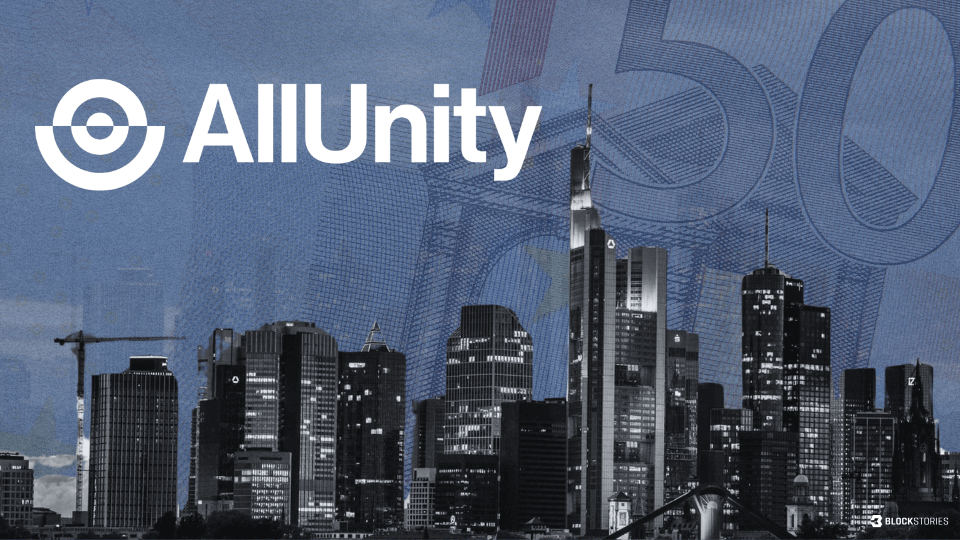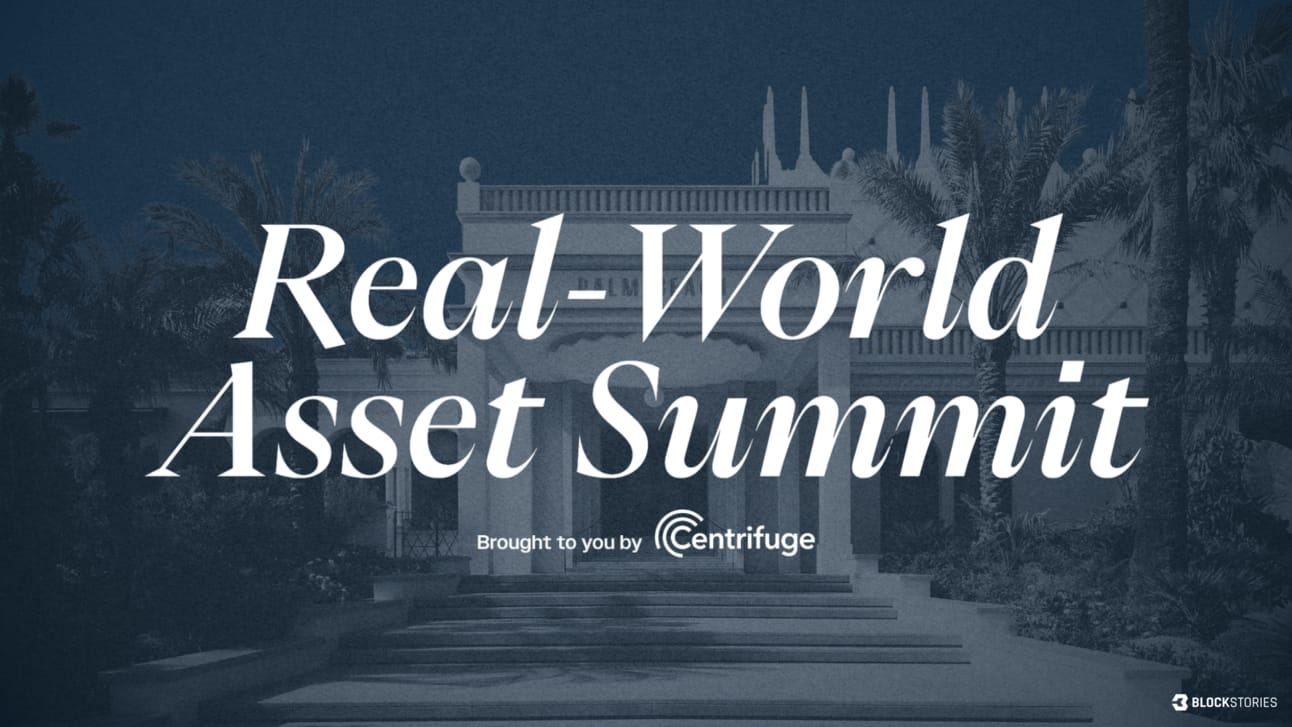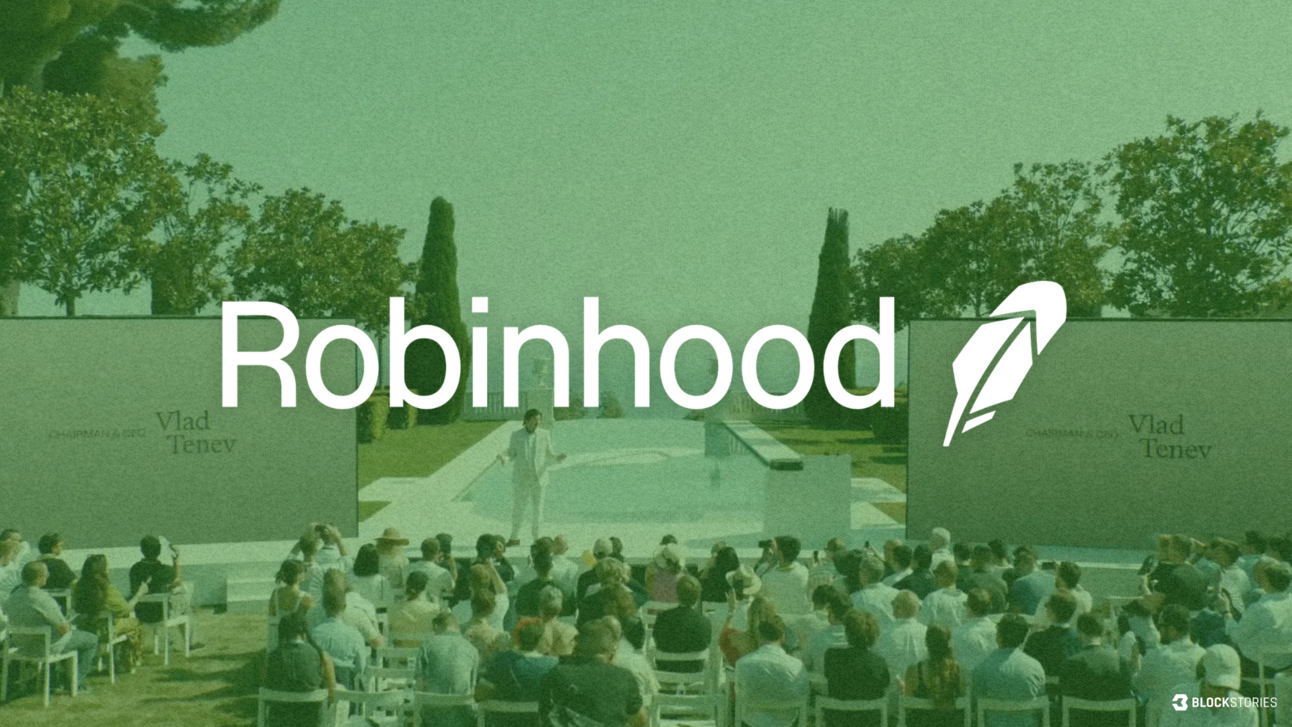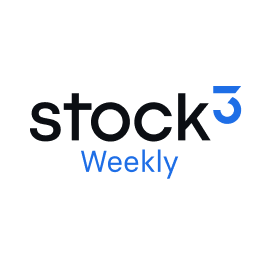Stablecoin Startup Agora Raises $50M for White-Label Platform – Interview with Co-Founder & CEO Nick van Eck
- Lesezeichen für Artikel anlegen
- Artikel Url in die Zwischenablage kopieren
- Artikel per Mail weiterleiten
- Artikel auf X teilen
- Artikel auf WhatsApp teilen
- Ausdrucken oder als PDF speichern
Stablecoin fundraise: Yesterday, stablecoin startup Agora announced a $50 million investment round to accelerate the growth of its USD stablecoin, AUSD, and further develop its stablecoin issuance platform. The round was led by crypto venture firm Paradigm, with participation from Dragonfly.
- Why it matters: Unlike stablecoin giants Circle and Tether, which focus solely on distributing their own branded assets, Agora combines issuance with infrastructure. Next to AUSD, Agora also offers a white-label platform that allows businesses to launch and manage their own stablecoins.
TradFi backing: That vision is supported by strong institutional roots. Co-founded by Nick van Eck — son of Jan van Eck, CEO of the asset manager VanEck — Agora works with State Street as its cash custodian and VanEck as investment manager.
Interview: We sat down with Nick van Eck to unpack the strategy behind Agora’s architecture and what types of customers they’re targeting with their white-label platform.
On the core design behind Agora’s white-labeled stablecoins:
- “With most white-label stablecoin providers like Paxos, each new stablecoin launches as an entirely new token, which means starting from scratch: no integrations, no liquidity, no network effects. We did the opposite. Every white-labeled stablecoin built with Agora is just a wrapper on top of AUSD. That means they inherit AUSD’s onchain liquidity, exchange listings, and integrations from day one. It’s one network, many brands — not many tokens in many silos.”
On Agora’s approach to yield-sharing:
- “From the start, we were clear-eyed: interest-bearing stablecoins won’t be allowed in regulated markets. They compete with banks. And they introduce compliance risk if you’re paying unknown holders. That’s why we only share revenue with fully KYB’d entities. If a white-label client wants to pass rewards on to their users, that’s their call — not ours.”
Why they started out with AUSD:
- “Our belief from the beginning was: build the base first. We’ve spent the past year getting AUSD to parity with USDC and USDT — in terms of network coverage, exchange listings, DeFi presence, and on/off ramps. The white-label strategy only works because AUSD is already deeply integrated. It’s not just another stablecoin. It’s an infrastructure layer.”
Why Agora focuses on markets outside of the U.S.:
- “Access to dollars in the U.S. is easy. You have a bank account, Venmo, direct deposit. That’s not the case in places like Argentina, Turkey, or Nigeria. Those are the markets where stablecoins are genuinely better: not 10% better, but 10x. That’s also where you see fintechs and exchanges actively searching for infrastructure.”
What kind of companies they’re targeting with their white-label solution:
- “It’s a broad market. Our TAM is money. But today, we’re focusing on players that aren’t just crypto-curious. We’re working with fintechs, exchanges, gaming companies, and even chain ecosystems building native stables. Multinationals also get it: they’re looking for faster treasury movement across borders. They don’t want to deal with correspondent banks anymore.”
On the new phenomenon of stablecoin-focused blockchains:
- “I think there’s potential if these chains really optimize for money movement, like building infrastructure tailored to payments, compliance, and institutional apps. That could work. But honestly, some existing chains already play that role pretty well. From our side, we’re chain-agnostic. We go where demand is.”
On what’s next for the product:
- “The foundation is built, now we’re expanding the stack. Better dashboards, analytics, compliance tooling. Eventually, we want to become the financial operating system for our clients: helping them manage treasury, move money, and operate globally onchain. It’s still early, but the direction is clear.”
Keep reading
Last week, German euro-stablecoin company AllUnity was granted an E-Money Institution (EMI) license by German regulator BaFin. Following this regulatory approval, we sat down with Peter Grosskopf, CTO/COO at AllUnity, for an interview. www.institutional.blockstories.io/p/exclusive-allunity-cto-on-the-strategy-and-vision-for-eurau-europe-s-newest-stablecoin
Centrifuge’s Real-World Asset Summit draws 300+ decision-makers to the Côte d’Azur — with JPMorgan, Apollo, S&P, and VanEck mapping out what’s next for tokenized markets. www.institutional.blockstories.io/p/recap-rwa-summit-cannes-2025-institutions-double-down-on-tokenization
Robinhood’s three-phase rollout offers synthetic exposure and onchain trading, but draws criticism over legal rights and ownership. www.crypto.blockstories.io/p/robinhood-launches-tokenized-stocks-sparking-legal-and-market-debate
Powered by beehiiv




